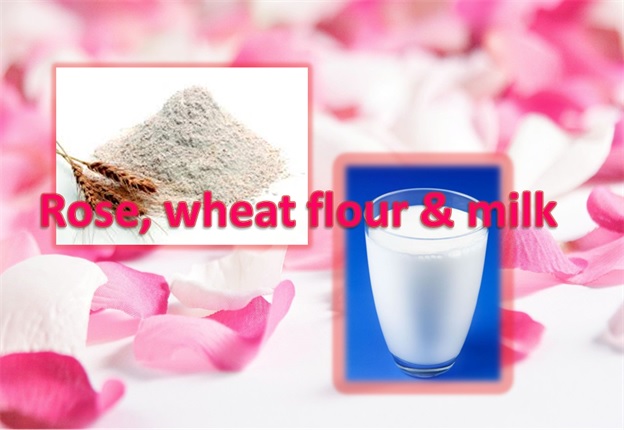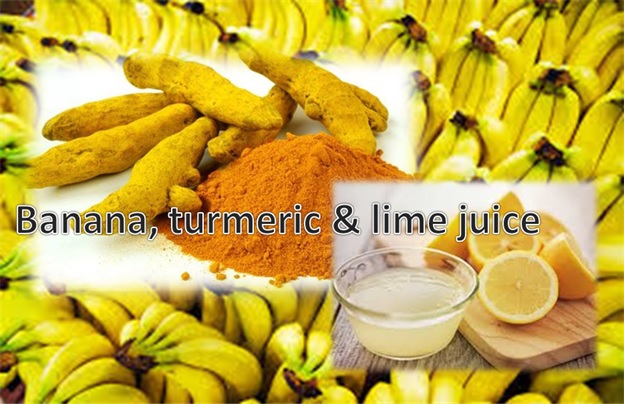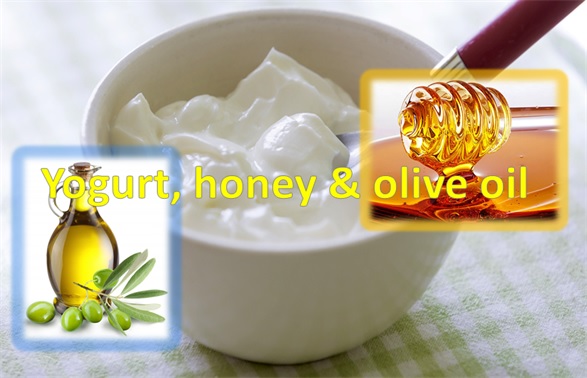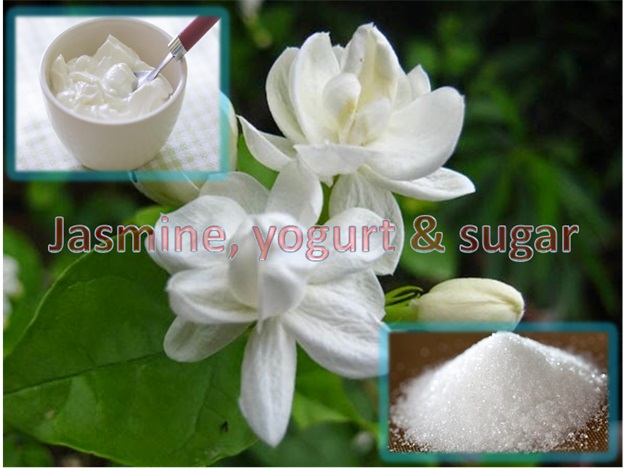Stem cell therapy for knee pain is gaining lot of attention! The human body is made of billions of specialized cells that form specific organs like the brain, skin, muscles, tendons, ligaments, joints, and bone. Each day these cells go through a degenerative and regenerative process. As older cells die, new cells are born from stem cells with the unique capability of being able to create multiple types of other cells. However, when tissues are injured, the degenerative process exceeds this regenerative process, resulting in structures that become weaker, painful and less functional. While there are several types of stem cells, those that are best at promoting musculoskeletal healing (tendon, ligament, cartilage and bone) are found in bone marrow.
Stem-cell therapy is the use of stem cells to treat or prevent a disease or condition. Bone marrow transplant is the most widely used stem-cell therapy, but some therapies derived from umbilical cord blood are also in use. Stem cell treatment takes advantage of the body’s ability to repair itself.
Stem cell therapy for Knee cartilage repair:
Knee osteoarthritis is a chronic, indolent disease that will affect an ever increasing number of patients, especially the elderly and the obese. It is characterized by degeneration of the cartilage substance inside the knee which leads to pain, stiffness and tenderness. The regular treatment of total knee replacement come together with high effort and costs and is not always successful.
Protocols based on the delivery of stem cells are currently applied in patients, showing encouraging results for the treatment of articular cartilage lesions (focal defects, osteoarthritis). These non-surgical stem cell injection procedures happen within a single day and may offer a viable alternative for those who are facing surgery or even joint replacement. Patients are typically able to return to normal activity following the procedure and are able to avoid the painful and lengthy rehabilitation periods that are typically required to help restore strength, mobility and range-of-motion following invasive joint surgeries.
How it works (in simple words):
The human body keeps a supply of stem cells available to help repair injured and degenerated tissues at all times, making it fairly simple to retrieve them for therapeutic purposes. As stem cells remain in reserve, in the marrow cavity of human bones, the easiest place to harvest these stem cells is from the back of the hip area or iliac bone.
The procedure involves withdrawing stem cells from bone marrow, or from the adipose tissue on the stomach. – A special needle is inserted into the bone to withdraw marrow blood, which contains the stem cells- concentrate them through lab procedures and then re-injecting them precisely into the injured knee tissue using advanced imaging guidance. During withdrawing of stem cells, a preparation of concentrated platelets are also gathered at this time for injection into the injury site to release growth factors that “turn on” the stem cells that will later be injected. Use of Fluoroscopy and MSK ultrasound helps to ensure the cells are being introduced into the exact area of need. Platelets are injected again 3-5 days later to keep the stem cells activated and promote additional healing.
When the stem cells are re-injected, they enhance the natural repair process of degenerated and injured tendons, ligaments, and arthritic joints – Turning the tables on the natural breakdown process that occurs from aging, overuse and injury. In other words, when the patient’s own stem cells are injected into a damaged joint, they appear to transform into chondrocytes, the cells that go on to produce fresh cartilage. They also seem to amplify the body’s own natural repair efforts by accelerating healing, reducing inflammation, and preventing scarring and loss of function.
Advantages:
- With this procedure, patients are far less vulnerable to the risks of surgeries, such as infection and blood clots.
- The harvesting procedure is well tolerated by the patients and not considered difficult as many patients claim it is not painful.
- The stem cells are from the patient’s own body so the risk of rejection is very low.
- The biggest advantage stem cell injections seem to offer over more invasive arthritis remedies is a quicker, easier recovery. The procedure is done on an outpatient basis and the majority of patients are up and moving within 24 hours. Most wear a brace for several weeks but still can get around. Many are even able to do some gentle stationary cycling by the end of the first week.
- In most cases, patients respond very well to just one round of treatment. However, 2-3 treatments may be needed in very severe cases. Treatments are never given more frequently than every 6-12 months.
More about the treatment: The injections are not approved by the FDA, which means they are not covered by insurance. At $ 4,000 a pop – all out of pocket – they certainly aren’t cheap, and many patients require more than one shot. Fact is, stem cell treatment uses your own body’s repair mechanisms and growth factors to promote healing. Restoration of a fully functional cartilage surface (native structural organization and mechanical functions) especially in the knee joint has not been reported to date, showing the need for improved designs of clinical trials and many clinical protocols are still under development.
References:
Image credit; Photo by Anna Auza on Unsplash (Free for commercial use)
















